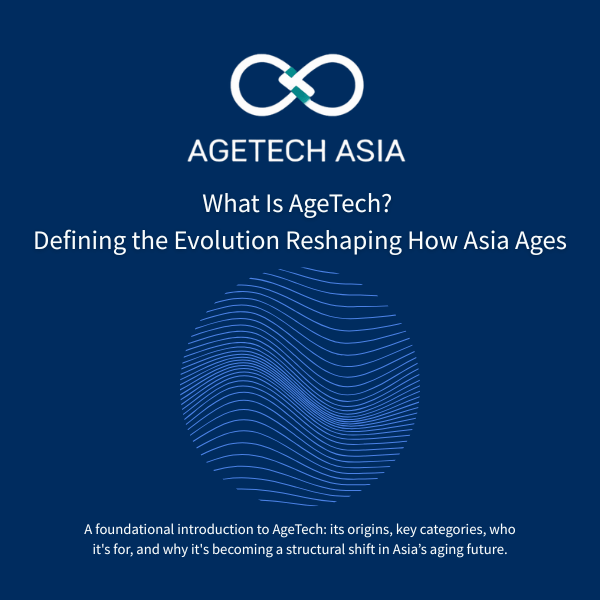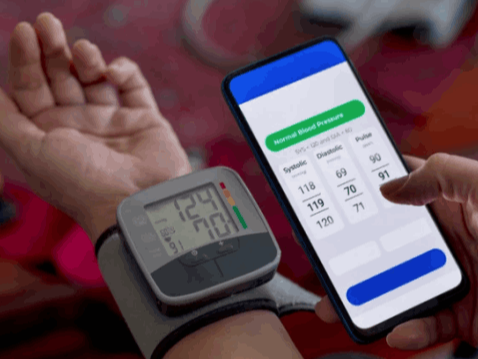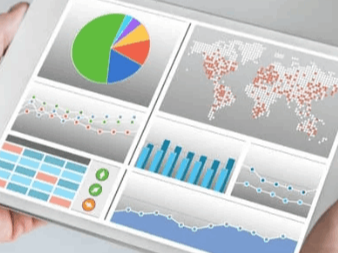01
Defining AgeTech: Origins and Evolution
The term AgeTech refers to a range of technologies: hardware, software, platforms, and systems, specifically designed to support older adults, caregivers, and aging societies. It intersects with health, housing, mobility, finance, social participation, and public infrastructure.
The academic origins of AgeTech lie in gerontechnology, a term first formalized in the Netherlands in the 1990s, referring to the intersection of aging and technology as a field of scientific inquiry¹. However, the shift from academic research to applied innovation occurred in the 2010s, as aging populations across developed economies, especially Japan, Europe, and parts of the U.S. began to drive demand for practical tools that could address the lived challenges of longevity.
The term AgeTech gained broader visibility in the late 2010s and early 2020s when organizations such as AARP, OECD, and World Economic Forum began using it to frame a wide category of innovation in aging societies² ³.
Unlike traditional eldercare tools or assistive devices, AgeTech focuses on inclusion, autonomy, and quality of life and not just health and safety.






